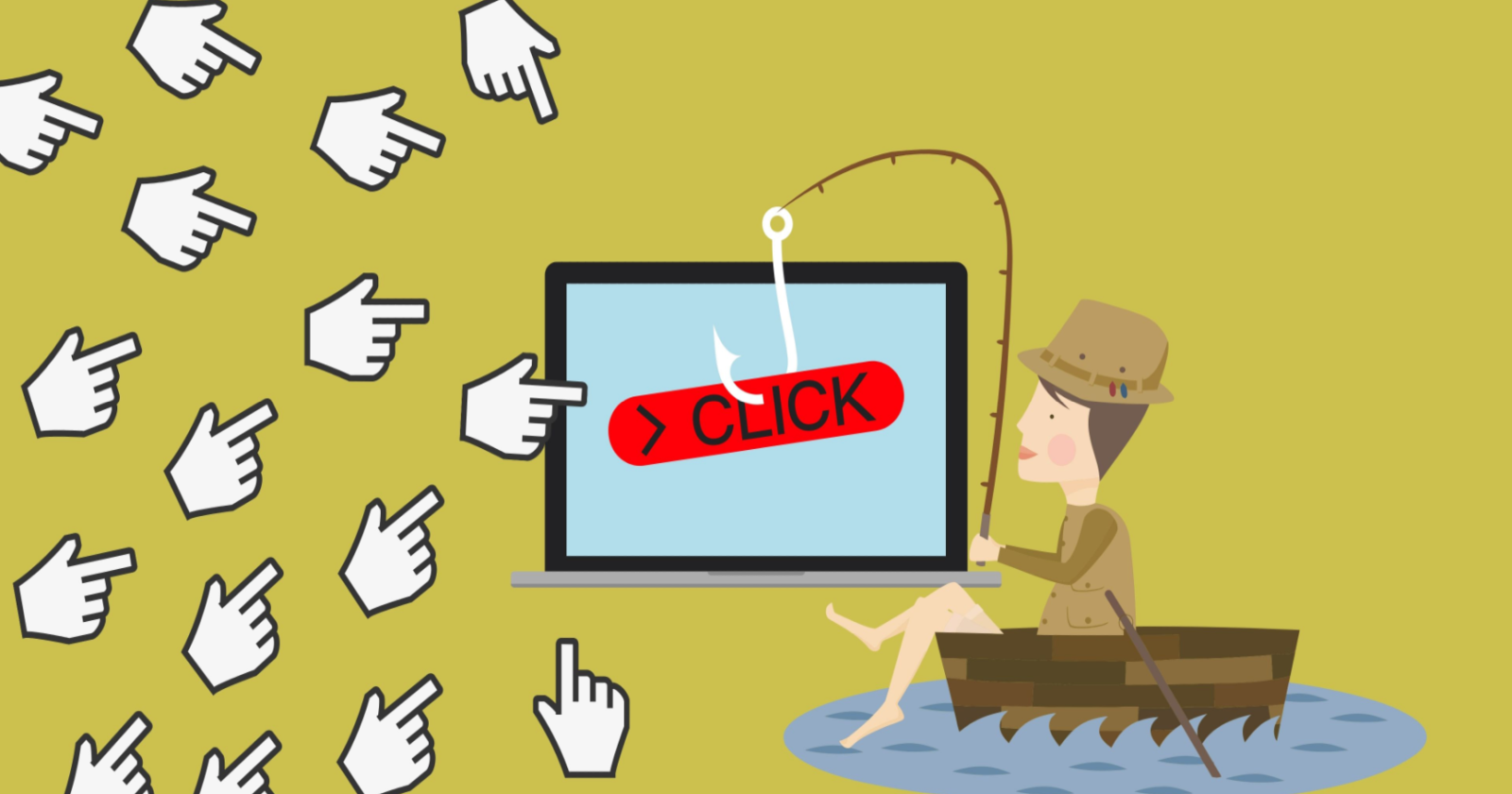A new report finds that almost one-tenth of advertisers’ budgets go to programmatic display and video ads on clickbait sites, reducing ad spend ROI amid mounting privacy and budget pressures.
Media investment analysis company Ebiquity found that clickbait and made-for-advertising (MFA) sites captured $115 million of their clients’ $1.47 billion ad budget from January 2020 to May 2022.
This translates to 7.8% of their clients’ ad budget, rising to 9.8% for US clients. A sample of $750,000 in ad spend revealed that just ten advertisers spent more than $1 million on “worst offender domains” on the Global Disinformation Index.
These findings, from Ebiquity’s Tackling Responsible Media report, which was released this week, come as belts tighten and budgets shrink in response to tracking and privacy changes, changing consumer habits, and rising inflation.
Growing Mistrust Driving Sustainable Advertising Trend
While clickbait and MFA sites initially appear to be a good deal for advertisers due to their low CPMs and 77% viewability rate, Ebiquity says advertisers don’t get the ROI they might expect.
Poor user experience and lower impact impressions often translate into little return. Appearing on these sites can also have a long-lasting negative impact on the brand experience. It could even include boycotts and other bad publicity that isn’t always easy to recover from.
Ebiquity’s report found that sustainable advertising would make 84% of consumers more likely to buy. And it isn’t just consumers and spammy sites that advertisers need to consider.
Thirty-nine percent of marketers cut spending with major platforms in 2021, with 54% citing misinformation and hate speech as their decision.
General mistrust of the media and online sites grew substantially last year. A recent Gallup poll found only 16% of consumers in the US have significant trust in news organizations.
Privacy and security are also significant factors in pushing sustainable advertising practices.
Research from Reuters and YouGov found that less than a third of consumers trusted online retailers (33%) and social media platforms (25%) with their data.
This increasing distrust isn’t entirely without merit.
High-profile stories like the Cambridge Analytica Scandal and a record number of security issues in 2021, combined with extensive misinformation and disinformation campaigns on several fronts, have brought privacy, security, and trust to the forefront.
The EU introduced General Data Protection Regulation (GDPR), and Google phased out third-party cookies to address these concerns, but the results are less-than-ideal. Ebiquity’s report revealed that 92.6% of domains scanned placed at least one third-party cookie before obtaining user consent. At the same time, other companies will likely continue to offer user identity for ad tracking.
Next Steps For Advertisers
With average advertiser supply chains including 200,000 unique domains and apps, owned by more than 3,000 corporations, and managed through over 200 ad exchanges, there are many complexities and aspects to consider when it comes to advertising. Still, it’s becoming too costly for brands to ignore.
Those looking to nurture their reputations and bottom lines must dedicate time to regular, in-depth analysis of media supply chains, monitoring, and tracking.
The report is available on Ebiquity’s website.
Additional Resources:
Featured Image: sutadism/Shutterstock
